All Science
 Mars to come so close to Earth you could almost touch it
Mars to come so close to Earth you could almost touch itAssuming you had 57.4 million-mile long arms, that is.
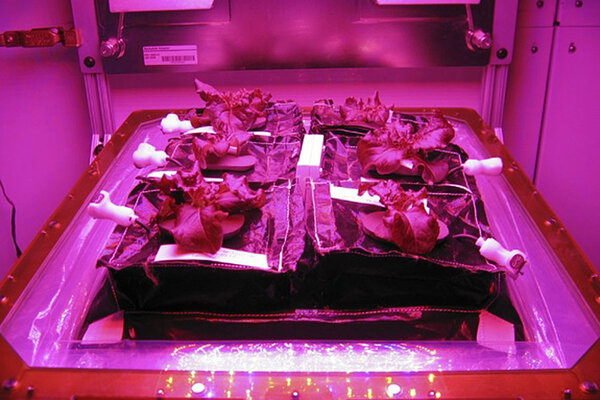 Five bizarre things heading to the space station Monday
Five bizarre things heading to the space station MondayAboard SpaceX's Dragon spacecraft, scheduled to launch on Monday afternoon are some odd items.
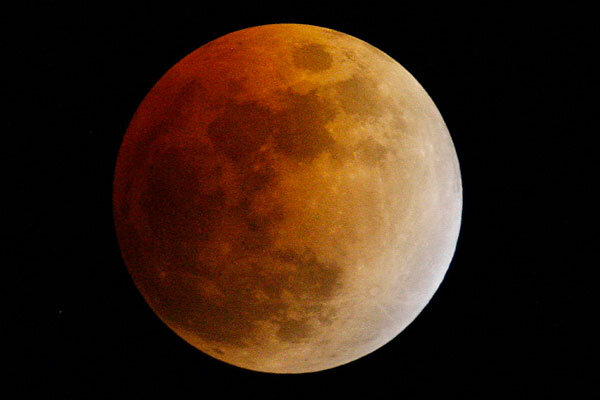 Blood Moon to arrive Monday night. What is a Blood Moon?
Blood Moon to arrive Monday night. What is a Blood Moon?Blood Moon is not a term astronomers use, but the event overnight Monday – a full lunar eclipse – will be pretty cool, and it will be the first of four in a row. So who did invent the term?
- UN climate report: Window closing for lowest-cost solutions
At the root of the challenge greenhouse-gas emissions pose rest population growth and economic growth with fossil fuels as the primary energy sources, according to a new IPCC report.
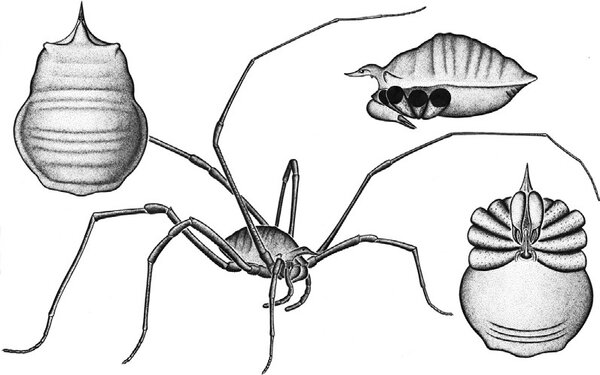 Ancient four-eyed wonder resolves daddy longleg mystery
Ancient four-eyed wonder resolves daddy longleg mysteryMicro-cat scans reveal that a 305-million-year-old fossilized ancestor of the modern daddy longleg, excavated in France, had a head full of eyeballs. The finding alters scientists' understandings of how arachnids evolved.
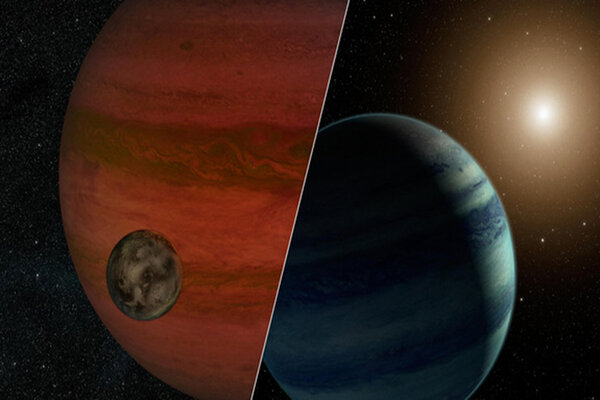 Did scientists just spot the first 'exomoon'?
Did scientists just spot the first 'exomoon'?Using gravitational microlensing, scientists have discovered a moon circling a giant Jupiter-like alien planet.
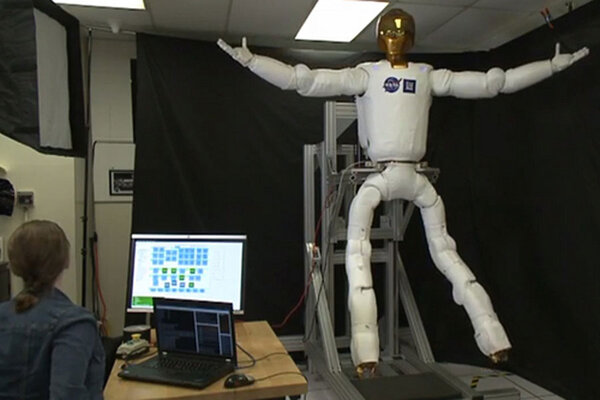 Space station android to get legs, says NASA
Space station android to get legs, says NASANASA has built a pair of legs for Robonaut 2, a robotic torso currently orbiting Earth aboard the International Space Station.
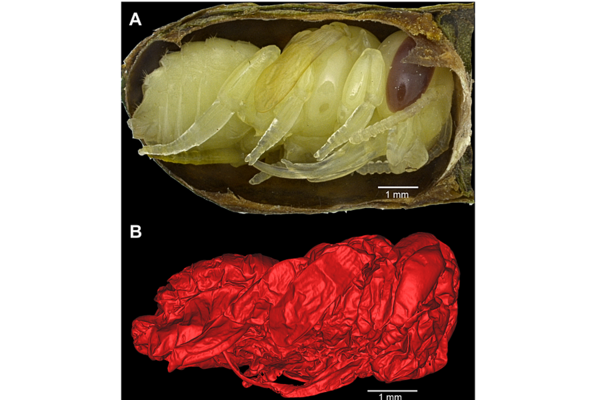 What was the last Ice Age like? La Brea bee fossils offer clues.
What was the last Ice Age like? La Brea bee fossils offer clues.An analysis of leafcutter-bee fossils excavated from the La Brea Tar Pits offers a glimpse into the local environment some 23,000 to 40,000 years ago.
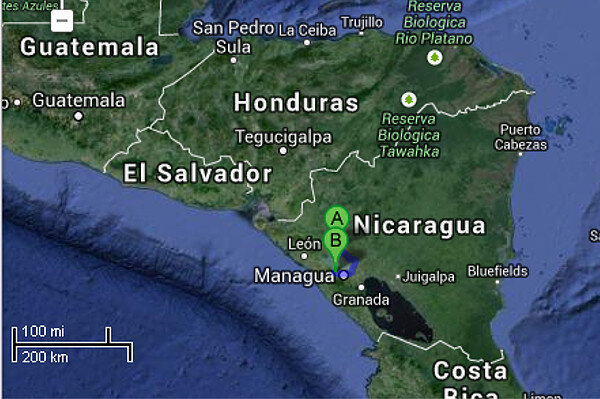 Nicaragua: Earthquake and aftershock shake Nicaragua's western coast
Nicaragua: Earthquake and aftershock shake Nicaragua's western coastNicaragua earthquake: A 6.1-magnitude earthquake hit the northern shore of Nicaragua's Lake Managua. A 5.1-magnitude aftershock hit the lake's southern shore half an hour later.
- What do fruit flies and fighter jets have in common?
Like fighter jets, fruit flies, too, can roll their bodies sideways to escape their enemies.
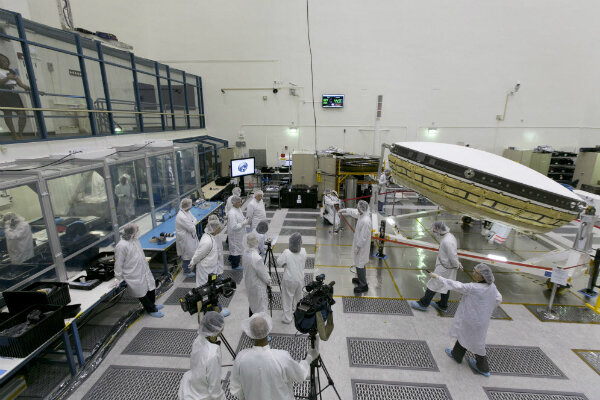 How can NASA put a two-story building on Mars? Its very own flying saucer.
How can NASA put a two-story building on Mars? Its very own flying saucer.NASA's LDSD project aims to develop the capacity to land larger payloads on Mars, perhaps even humans. But first, NASA needs a way to decelerate capsules traveling at supersonic speeds.
- Tests reveal papyrus fragment dubbed 'Gospel of Jesus's Wife' is 'ancient'
A new study backed by scientific evidence suggests that the piece of document containing the words, 'Jesus said to them, my wife' is most likely ancient, dating between the sixth and ninth centuries CE.
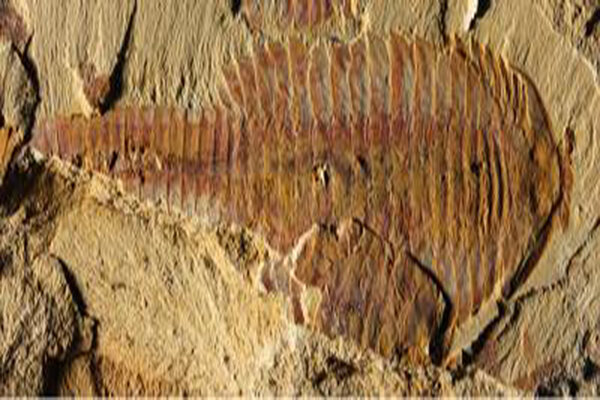 What can scientists learn from 520 million year old cardiovascular system?
What can scientists learn from 520 million year old cardiovascular system?The oldest preserved vascular system of Fuxianhuia protensa – ancestral to modern day arthropods – can help scientists learn about evolution of crustaceans in general.
- Will NASA's moon missions survive the chill of a lunar eclipse?
An April 15 lunar eclipse poses a chilling challenge for NASA's currently operating moon probe missions. The Lunar Reconnaissance Orbiter, for example, will be plunged into darkness twice during the eclipse.
 Ukraine crisis: Could geographic ignorance spark a war with Russia?
Ukraine crisis: Could geographic ignorance spark a war with Russia?A survey conducted by a trio of political scientists and published on the Washington Post's Web site has found the more wrong Americans are about the location of Ukraine on a map, the more likely they are to support US military intervention.
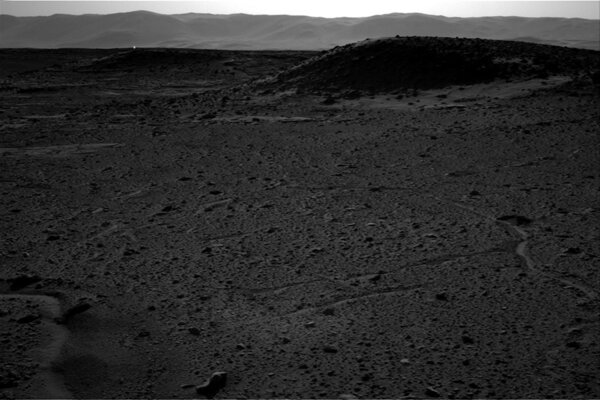 Light on Mars: What's that speck of light doing?
Light on Mars: What's that speck of light doing?Light on Mars: The bright spot that appears in images released by NASA has nothing to do with alien life, says the US space agency.
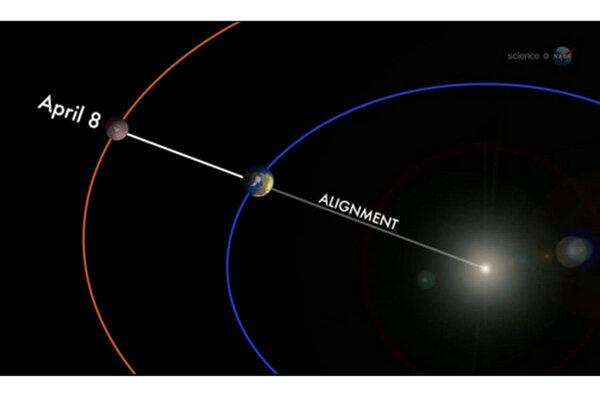 Rare celestial alignment to foreshadow total lunar eclipse
Rare celestial alignment to foreshadow total lunar eclipseMars, the Earth, and the Sun will all line up on Tuesday night, just seven days before a total lunar eclipse is to occur.
 How many basic emotions do you have? It's written on your face, say scientists.
How many basic emotions do you have? It's written on your face, say scientists.Thinkers from Aristotle onward have pondered how many universal, psychologically irreducible emotions humans can express. Now, by analyzing the face, scientists might be closing in on an answer.
 Scientists might have built the world's smallest 'gears'
Scientists might have built the world's smallest 'gears'Scientists have created a 'superlattice' of silver nanoparticles that can bend under pressure by rotating its components.
- NASA captures 'graceful eruption' from the sun
The sun unleashed a mid-level solar flare on April 2, an event that was captured on video by NASA's Solar Dynamics Observatory.


















